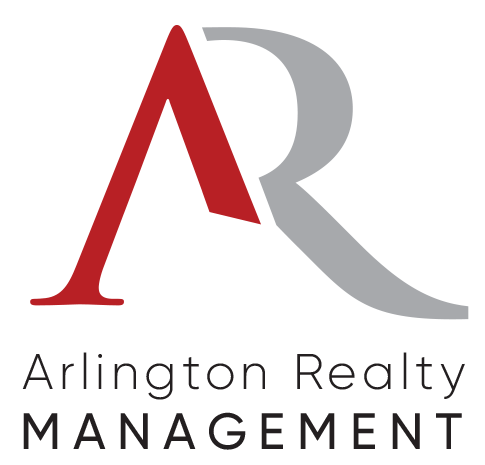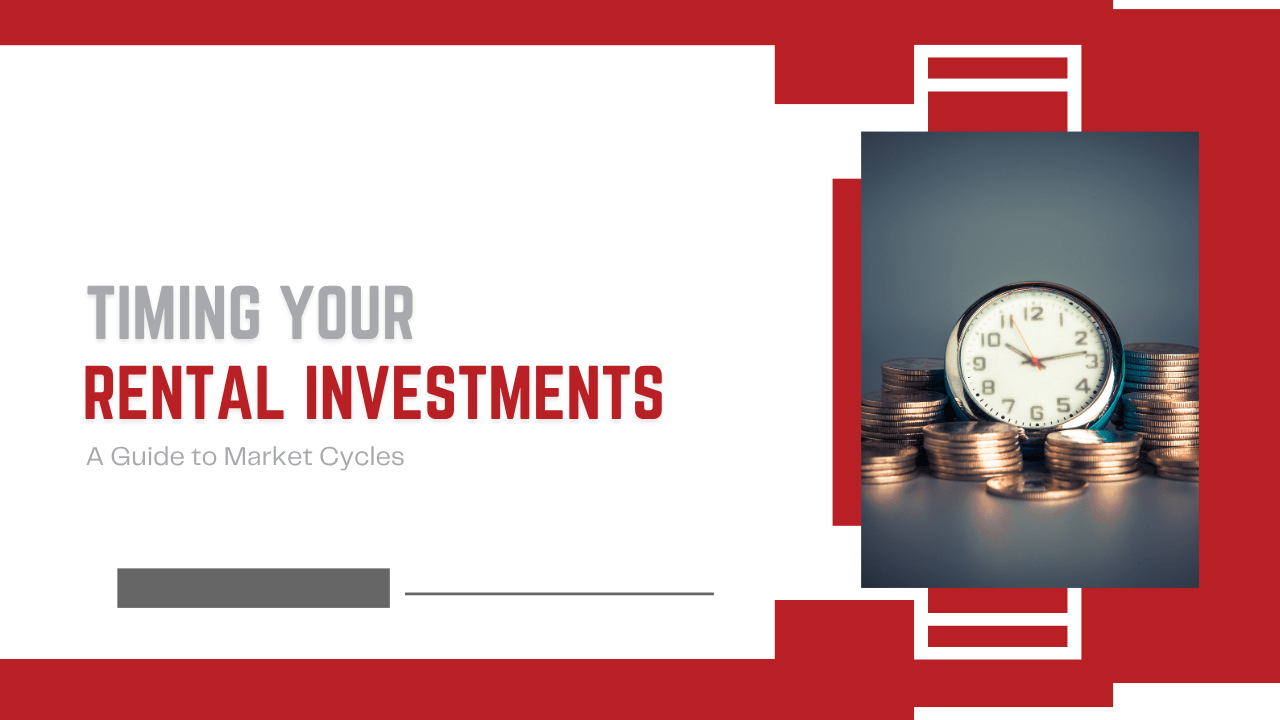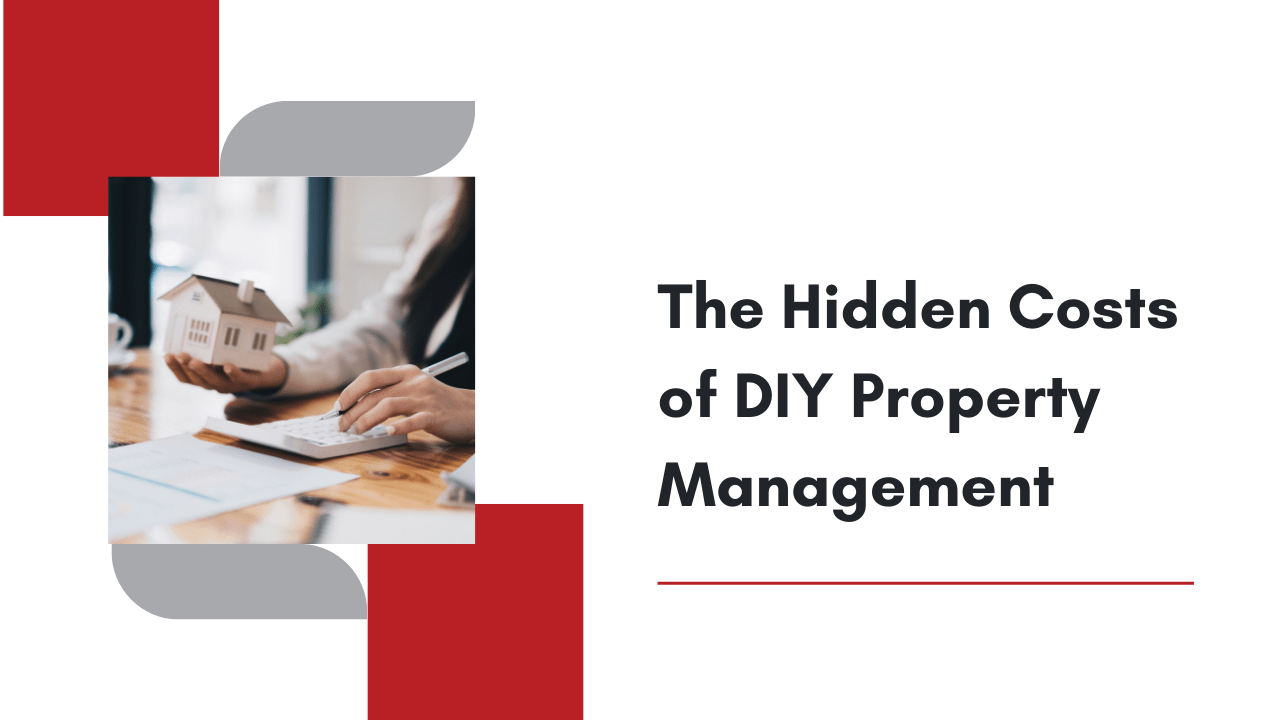Oh, market cycles. They can cause a lot of anxiety for even the most experienced and level-headed investors.
In order to succeed with your real estate investments, you have to know when to invest. As the market fluctuates through cycles, understanding these cycles and how they affect rental property investments can significantly improve your chances of making
profitable decisions.
Real estate investors who can time their investments well, regardless of whether the market is booming or down, will always find opportunities. The key is knowing how to spot those opportunities and leveraging the right timing to maximize returns.
We know that things may seem a little uncertain right now. Not only are we recovering from a period of high prices and inflation, we’re also dealing with some economic uncertainty, too. That can make things a bit chaotic.
Let’s talk about timing.
Why Timing Matters in Real Estate
Real estate is not like other investments, such as stocks or bonds. The stock market can experience daily or even minute-by-minute fluctuations, especially recently with get-wrenching drops and drama. The real estate market, however, moves more slowly.
That doesn’t mean the shifts aren’t impactful. They are. Understanding the cycles of the market, knowing when to buy and when to hold, and understanding how different conditions affect rental properties are all essential skills for any successful real estate investor.
Real estate investment, unlike some other forms of investment, is both illiquid and long-term. This means that, once you’ve made the investment, you’re generally committed for a longer period of time. If you buy a property in a market that’s in a downturn, you could be stuck with it until the market rebounds. But, buying at the right time, during an upswing, can ensure that your property appreciates quickly, and your
rental income is maximized.
Timing equals success.
The Real Estate Market Cycle: What You Need to Know
The
real estate market is cyclical, meaning it naturally goes through periods of expansion, contraction, and stabilization. The market doesn’t just go up and down randomly; it follows a predictable pattern based on various economic factors such as interest rates, job growth, consumer demand, and demographic trends. Understanding these cycles can help investors make informed decisions on when to buy, hold, or sell.
The four primary stages of the real estate market cycle are:
- Recovery
- Expansion
- Peak
- Recession
Each of these stages has a distinct impact on the rental property market and provides different opportunities for investors. Let’s take a closer look at each one.
Recovery: The Early Signs of Growth
The recovery phase marks the end of a downturn or recession. During this time, the economy begins to stabilize, and real estate prices start to bottom out. While property prices may still be lower than during the previous boom, they are slowly beginning to rise. This is when savvy investors start to look for bargains.
For rental property investors, the recovery phase can be an excellent time to buy. The reason is that property values are still relatively low, but signs of a rebound are emerging. In addition, mortgage rates might be lower during recovery, making it an attractive time to lock in favorable financing terms.
What to look for in recovery market cycles:
- Lower Purchase Prices. During recovery, real estate prices are still below their peak, offering the opportunity to
buy properties at a discount before prices surge.
- Improved Financing. As the economy stabilizes, lending standards may loosen, and mortgage rates may stay low, offering attractive financing options.
- Rental Demand. As the market recovers, more people may be looking to rent due to job relocation, affordability issues, or a general preference for renting in a recovering market.
Expansion: Strong Growth and Increasing Prices
The expansion phase is characterized by rapid growth in the real estate market. During this period, the economy is performing well, and consumer confidence is high. Property prices are steadily increasing, and there is generally a surge in demand for both purchasing homes and renting properties. Investors in this phase can still benefit from rising property values and rental income, but prices are steadily increasing, which means that finding good deals may become more difficult.
Rental properties in areas experiencing expansion tend to perform well, with strong rental income growth. Demand for
rentals increases, and tenants are willing to pay more for well-located or well-maintained properties. Investors who enter during this phase may be able to buy properties that will see quick appreciation.
Here’s why it’s a good time to invest during expansion cycles:
- Appreciating Property Values. Investors can expect properties to increase in value, offering strong potential returns on investment.
- Rising Rent Prices. With growing demand for rental properties, investors can increase rents and generate more income.
- Long-Term Growth. In this phase, properties purchased can appreciate over time, providing investors with capital gains as well as stable rental income.
The Peak of the Market
Peak cycles occur when the market has been expanding for a while and property prices have risen to the point where supply outpaces demand. This often happens when developers have built too many properties in anticipation of continued high demand, and the market starts to become oversaturated.
For rental property investors, this can be a risky time. While property values are at their peak, rental income may not be as strong as it once was due to increased competition from newly built units. As a result, rents may stagnate or even decline in some markets, and vacancies could rise.
That doesn’t mean there aren’t opportunities. We recommend investors engage in selective buying. While the market may seem less attractive, investors who are careful and select properties in prime locations can still benefit. For example, areas with limited new construction may still see healthy rent growth.
This is also a great time to
renovate and improve your existing assets
as well as new acquisitions. Some investors may choose to purchase undervalued properties that are not performing well due to competition and
renovate them to increase their rental value.
Recession Markets and Preparing for Downturn
Recession is the most challenging phase of the real estate cycle. During a recession, the economy contracts, unemployment rises, and consumer confidence wanes. Property values drop, and the market becomes more competitive for buyers. Rent prices may stagnate or fall, and vacancies may increase as fewer people are able to afford rent. This phase is a tough one for real estate investors, but it also offers opportunities for those who are prepared.
While property values may be lower, financing options may also be limited as banks tighten their lending standards. However, for investors with strong financial positions, this can be the time to pick up properties at a significant discount. Rental demand may also remain strong in certain segments, particularly for affordable housing, as people may be more reluctant to purchase homes during a recession and may opt for renting instead.
Here’s what to do during this cycle:
- Discounted Properties. Recessions can present significant opportunities for investors to buy properties at a steep discount, especially distressed properties or foreclosures.
- Strong Rental Demand. Some segments of the rental market, such as affordable housing, may continue to see strong demand during a recession as people prioritize cheaper rental options.
- Long-Term Gains. While the market may be down, properties purchased during a recession can provide long-term appreciation when the market recovers.
Maximizing Opportunities in Any Market Cycle
While it’s important to understand the different stages of the market cycle, the key takeaway on this topic is that there are always opportunities in every phase. The trick is to know how to leverage those opportunities to your advantage.
Here are a few general strategies that we are always sharing with real estate investors that can help maximize returns in any market cycle:
In a recovery or expansion phase, focus on buying and holding for long-term appreciation. In hyper-supply and recession phases, consider more strategic
opportunities like renovation, buying distressed properties, or diversifying your portfolio with different types of
rental properties.
- Monitor Market Indicators
Stay informed about the broader economy, interest rates, and local market trends to anticipate where the market is headed. Real estate cycles don’t move in a vacuum, and understanding the larger economic picture will give you a clearer idea of when to act.
Consider diversifying your investment portfolio by acquiring properties in different locations or focusing on different property types to protect against downturns in specific markets.
Knowing when to invest is as important as knowing where to invest.
Real estate market cycles present both challenges and opportunities, and as long as you have a solid set of investment goals in place, you’ll be able to make decisions that work best for you and your properties.








